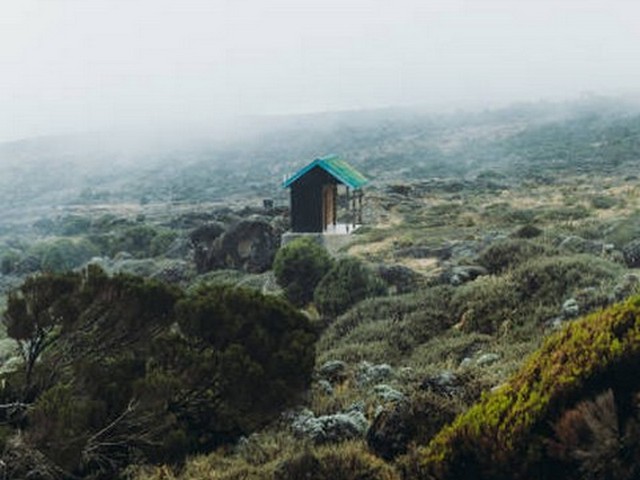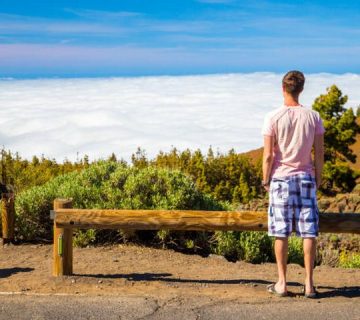Scaling New Heights: Mastering Safety Protocols For Kilimanjaro Climbers
Welcome to the Adventure of a Lifetime with Kilimanjaro Centre for Trekking and Ecotourism (KCTE)
Picture this: you’re standing at the roof of Africa, breathing in the crisp, clean air, with a panorama that quite literally tops the world. Climbing Mount Kilimanjaro is a dream many hold dear, and at Kilimanjaro Centre for Trekking and Ecotourism (KCTE), we make those dreams a reality. However, the beauty and thrill of the climb come with their challenges, primarily ensuring the safety of all our climbers. In this blog, we’ll delve into the essential safety protocols every Kilimanjaro climber should know, ensuring your journey is not just exhilarating but also secure.
Why Safety First?
Mount Kilimanjaro is not just a mountain; it’s a test of endurance, patience, and resilience. At over 19,000 feet, it commands respect and preparation. That’s why at KCTE, we place a paramount importance on safety protocols. Understanding and adhering to these guidelines can significantly differentiate between a successful summit and a compromised expedition.
Pre-Climb Preparations: The Foundation of a Safe Climb
Health Checks and Fitness
Before you even step foot on Kilimanjaro, your adventure begins with thorough health screenings and fitness preparations. It’s crucial to assess your physical and health conditions. At KCTE, we recommend starting a fitness regimen at least six months before your climb, focusing on cardiovascular endurance, strength training, and altitude acclimatization.
Comprehensive Training and Briefings
Knowledge is as crucial as physical preparation. Our pre-climb briefings cover vital topics such as symptom recognition of altitude sickness, weather expectations, and trail conditions. We ensure every climber is well-versed in the dos and don’ts on Kilimanjaro.
During the Climb: Safety Protocols in Action
Professional Guides and Porters
At KCTE, our guides and porters are the backbone of our safety protocols. They are trained in first aid, symptom recognition, and emergency response. With years of experience on Kilimanjaro, they are not just guides but guardians of your safety.
Gear and Equipment
Proper gear is your first line of defense against the elements. From insulated clothing to sturdy boots, every piece of equipment plays a crucial role. We provide a detailed checklist and can even offer rental options for high-quality gear.
Pace and Acclimatization
"Pole Pole" – slowly, slowly, as they say in Swahili. The importance of a slow pace cannot be overstated. It allows your body to acclimatize to the altitude, reducing the risk of altitude sickness. Our guides set a deliberately slow pace to ensure optimal acclimatization.
Regular Health Monitoring
Throughout the climb, our team conducts regular health checks, monitoring signs of altitude sickness and other health issues. Early detection is key to managing health on the mountain.
Post-Climb: Ensuring a Safe Descent
Reaching the summit is half the journey; descending safely is equally important. Our protocols ensure that the descent is carefully managed, maintaining the same attention to pace and health monitoring as during the ascent.
Emergency Response: Prepared for Any Situation
Despite the best preparations, the mountain remains unpredictable. Our emergency response strategies include evacuation plans, onsite medical treatment, and constant communication with local authorities. Your safety is our priority, and we are equipped to handle emergencies swiftly and effectively.
Join Us at KCTE for a Safe and Unforgettable Kilimanjaro Experience
Choosing the right partner for your Kilimanjaro adventure can make all the difference. At Kilimanjaro Centre for Trekking and Ecotourism (KCTE), we are committed to providing a safe, enjoyable, and successful climbing experience. Our expert team, comprehensive safety protocols, and dedication to each climber’s success set us apart as the premier choice for your Kilimanjaro expedition.
FAQs: Ensuring Your Safety on Kilimanjaro
What is the best time to climb Kilimanjaro for optimal safety?
The best times to climb Kilimanjaro are during the dry seasons, from June to October and from December to March, when the weather is most favorable.
How does KCTE handle altitude sickness?
We prioritize acclimatization by implementing a slow ascent pace, regular health checks, and having a well-trained team that can recognize and treat symptoms early.
What should I pack for my Kilimanjaro climb?
Packing the right gear is crucial. Essentials include thermal layers, waterproof clothing, a quality sleeping bag, sun protection, and sturdy hiking boots. We provide a detailed packing list to all our clients.
Can beginners climb Kilimanjaro?
Yes, Kilimanjaro is accessible to beginners who are in good health and have prepared adequately. Our tailored routes and extensive support make it a feasible challenge for novices.
In conclusion, climbing Kilimanjaro is a profoundly rewarding experience, made better and safer with the right preparations. At Kilimanjaro Centre for Trekking and Ecotourism (KCTE), we are dedicated to ensuring that every aspect of your climb is managed with the highest safety standards. Ready to take the first step on your Kilimanjaro journey? Contact us today and let us help you reach the summit safely and successfully. Together, let’s conquer the roof of Africa!




